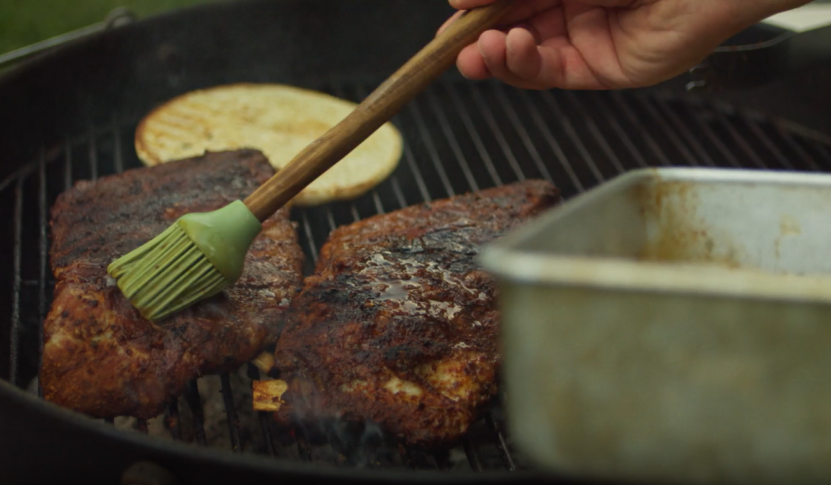The art of barbecuing has long been a celebrated culinary tradition, captivating food enthusiasts worldwide.
Among the myriad of techniques, two distinct methods stand out for their unique flavors and cooking styles: blackening and grilling.
While both practices transform simple ingredients into mouth-watering dishes, they each possess their own set of characteristics, origins, and techniques that set them apart.
Key takeaways:
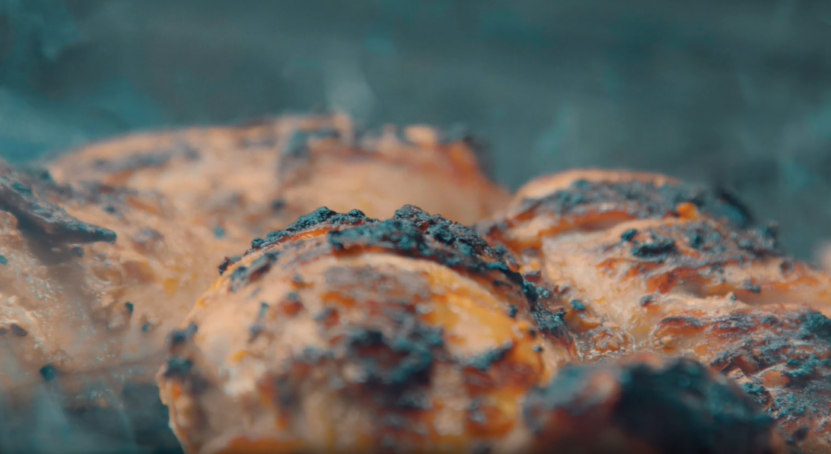
- Distinct Cooking Techniques: Blackening involves heavily seasoning and searing in a skillet, primarily in Cajun cuisine, while grilling is cooking over an open flame, offering a smoky flavor.
- Flavor Profiles: Blackened foods are known for their bold, spicy flavors due to the heavy seasoning, whereas grilled foods are characterized by smoky notes and a natural taste of the ingredients.
- Cooking Equipment: Blackening typically requires a cast-iron skillet to achieve high heat for searing, while grilling needs an open flame setup like charcoal, gas, or electric grill.
- Health Considerations: Both methods can be adapted for healthier options, like reducing butter in blackening or choosing leaner meats and vegetables for grilling.
- Culinary Skills and Pairings: Mastering blackening and grilling involves understanding spice balance, heat management, and appropriate food pairings to complement the distinct flavors of each method.
The Basics of Blackening
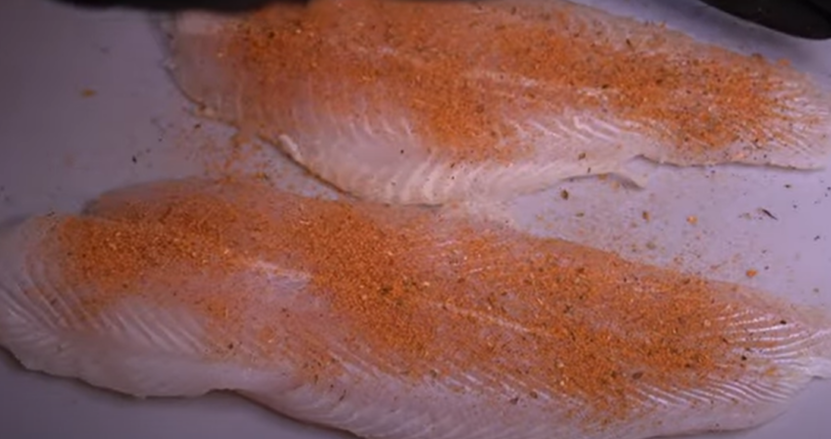
Blackening, deeply rooted in Cajun cuisine, is a cooking method where meat is heavily seasoned with a blend of spices such as thyme, oregano, chili pepper, garlic powder, and onion powder.
This mixture creates a bold, spicy flavor profile. The process involves coating the meat in butter, generously applying the spice blend, and then searing it in a hot cast-iron skillet.
This method produces a characteristic dark crust, locking in the meat’s moisture and creating a distinct taste.
Key Features of Blackened Cuisine
- Spice Blend: A crucial aspect of blackening, the spice blend is what gives the meat its signature flavor and crust.
- Cooking Technique: Typically, blackening is done in a skillet, which allows for an even sear and the formation of the dark crust.
- Texture and Moisture: The blackening process creates a crust that seals in the juices, ensuring the meat remains moist and flavorful.
The Art of Grilling
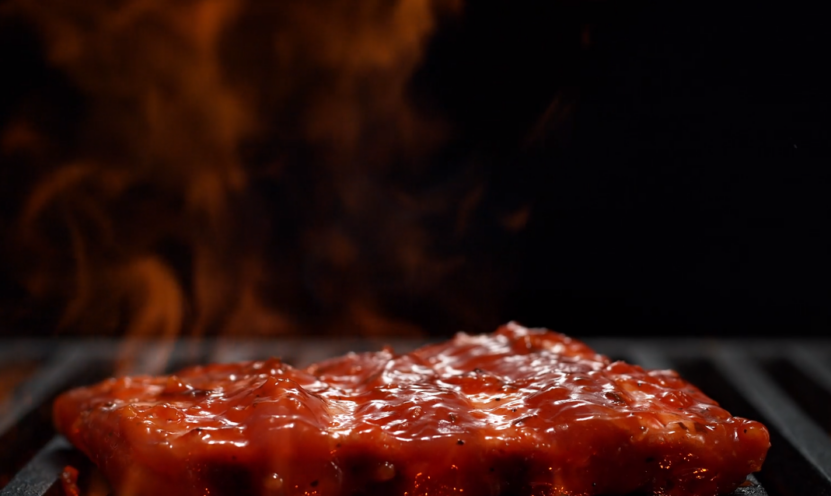
Grilling, on the other hand, is a more diverse cooking method with various interpretations across different cuisines.
It involves cooking food over an open flame, typically on a charcoal or not open fire, like a pellet grill has.
This method imparts a smoky flavor to the food, thanks to the Maillard reaction, which creates a caramelized crust.
Unlike blackening, grilling is generally less spice-intensive, allowing the natural flavors of the meat to shine through.
Characteristics of Grilled Food
- Heat Source: Grilling is defined by its use of an open flame, which can be from wood, charcoal, or gas.
- Flavor Profile: The smoky notes are a hallmark of grilled food originating from the flames.
- Visual Appeal: Grilled meat is recognizable by its sear marks, a result of the grates on the grill.
Contrasting Flavors and Textures
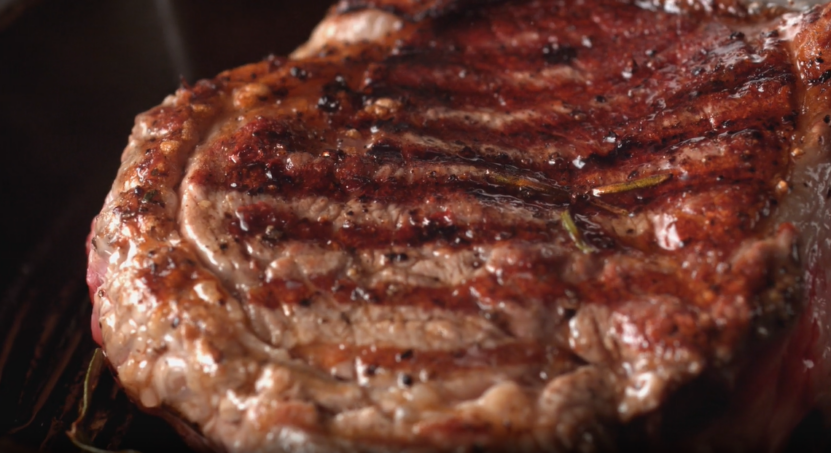
Blackened Cuisine: Bold and Spicy
Blackened food, owing to its rich spice blend, offers a bold and spicy flavor that is both intense and layered.
This method is particularly suited for meats like steak, which can be enjoyed rare or medium-rare, and for firm, white fish that can withstand the robust seasoning.
Grilled Delights: Smoky and Natural
In contrast, grilled food emphasizes the natural flavors of the ingredients. The smoky notes complement the inherent taste of the meat or vegetables.
Grilled fish, for example, allows the delicate, natural flavor to come through, enhanced subtly by the smokiness.
Culinary Techniques and Equipment
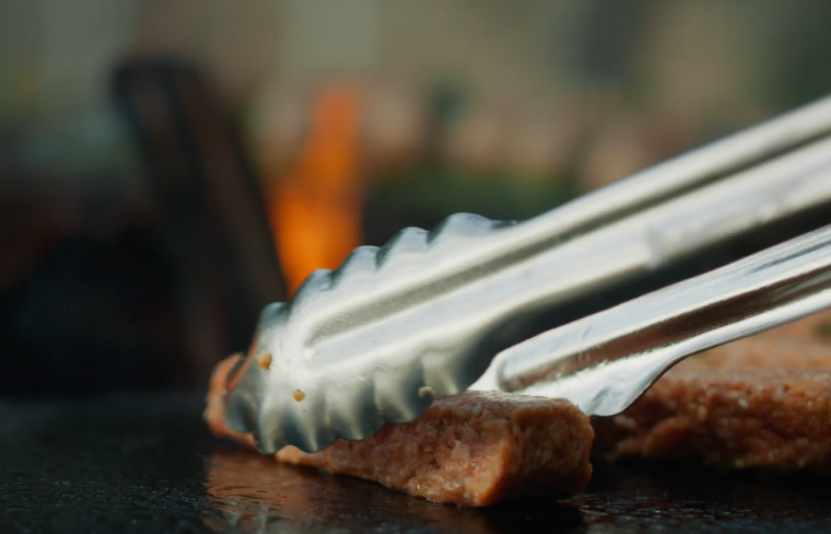
Tools for Blackening
- Cast Iron Skillet: Essential for achieving the high temperatures needed for searing.
- Spice Blend: A mix of herbs and spices that define the blackened flavor.
Grilling Essentials
- Grill Type: Choices include charcoal, gas, or electric grills, each imparting a slightly different flavor.
- Grill Tools: Tongs, spatulas, and brushes for applying marinades or oils.
Health Considerations
While both blackening and grilling offer delicious results, it’s important to consider the health aspects.
Grilling, especially over charcoal, can produce carcinogenic compounds. However, this risk can be mitigated by marinating the meat and avoiding over-charring.
Blackening, while intense in flavor, often involves butter and heavy seasoning, which may not be suitable for those watching their sodium intake.
The Roots of Blackening in Cajun Cuisine
The blackening technique is deeply intertwined with Cajun cuisine, a style of cooking that originated in Louisiana, USA.
This cuisine was developed by French-speaking Acadian immigrants, blending local ingredients and French culinary techniques.
The hallmark of Cajun cuisine is its bold, spicy flavors, of which blackening is a prime example.
Grilling: A Global Tradition
Grilling, in contrast, is a cooking method with ancient roots and global reach. It’s a technique that has evolved over centuries and across cultures, from the primitive fire pits of early civilizations to the sophisticated grills of today.
Each culture brings its own unique approach to grilling, whether it’s the yakitori of Japan, the asado of Argentina, or the classic American barbecue.
Mastering Blackening
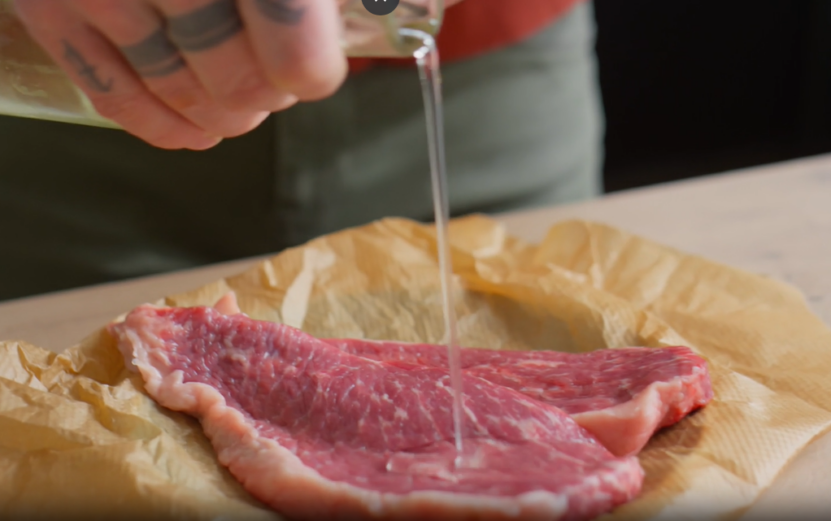
To master blackening, one must understand the balance of spices and the importance of high heat. The process involves:
- Preparing the Spice Mix: Combining herbs and spices like thyme, oregano, and chili pepper.
- Coating the Meat: Dipping the meat in melted butter and then in the spice mix.
- Searing: Cooking the meat on very high heat in a cast-iron skillet until the crust forms.
Mastering Grilling
Grilling requires a different set of skills, primarily:
- Heat Management: Understanding how to control the flame and temperature.
- Marinating: Optionally preparing the meat with marinades to enhance flavor.
- Technique: Knowing when to flip the meat and how to achieve perfect grill marks.
Flavor Profiles and Pairings
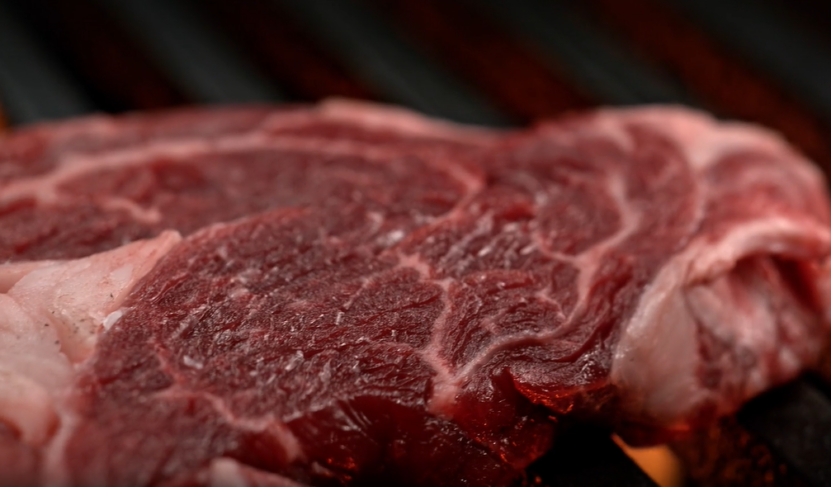
Blackened Dishes
The bold flavors of blackened dishes pair well with more subdued sides to balance the meal.
For instance, blackened fish or steak can be complemented with steamed vegetables, rice, or a fresh salad.
Grilled Specialties
Grilled foods, with their smoky and natural flavors, pair well with a variety of sides.
Grilled steak or chicken can be complemented with grilled vegetables, potato salad, or a light pasta dish.
Healthier Options in Blackening and Grilling
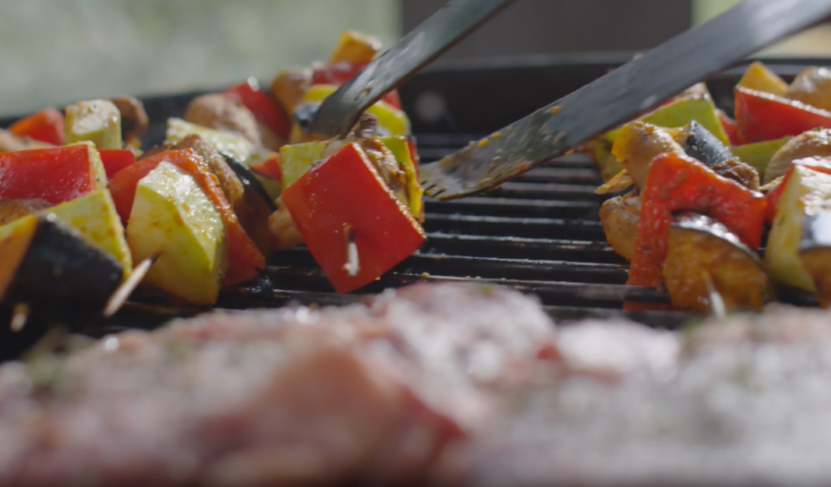
While both techniques involve high heat, there are ways to make them healthier:
- Reducing Butter in Blackening: Opting for healthier oils or less butter can reduce calorie intake.
- Lean Meats and Vegetables: Choosing leaner cuts of meat and including grilled vegetables can make a meal more balanced and nutritious.
FAQs
Can blackening seasoning be used on vegetables?
Yes, blackening seasoning can be used on vegetables, providing them with a spicy, Cajun-inspired flavor.
It works particularly well with robust vegetables like bell peppers, zucchini, and eggplant.
Is there a way to reduce the smokiness of grilled food?
To reduce smokiness in grilled food, use indirect grilling methods where the food is not directly over the flame.
Also, choosing cleaner burning fuels like propane or natural gas over charcoal can lessen the smoky flavor.
Can I blacken food on a regular non-stick pan instead of a cast iron skillet?
While a non-stick pan can be used, it may not achieve the same high heat as a cast iron skillet, which is essential for forming the characteristic blackened crust.
Is it safe to eat the black crust on blackened food?
Yes, the black crust on blackened food is safe to eat. It’s primarily composed of charred spices and herbs, not burnt meat, and is integral to the dish’s flavor.
Can I use blackening seasoning in a marinade?
Absolutely. Blackening seasoning can be mixed into a marinade to infuse meats with its bold flavors before cooking, even if you’re not using the blackening cooking technique.
What’s the best way to clean a grill after cooking?
The best way to clean a grill is to heat it up for a few minutes to loosen residue and then use a grill brush to scrub the grates. For deeper cleaning, remove the grates and soak them in soapy water before scrubbing.
Final Words
Both blackening and grilling are esteemed culinary techniques, each offering a unique sensory experience.
While blackening brings the bold, spicy flavors of Cajun cuisine, grilling offers a diverse palette of smoky and natural tastes.
Knowing their origins, techniques, and flavor profiles will help you appreciate the distinct qualities they bring to the culinary world.
If you prefer the intense zest of blackened dishes or the subtle smokiness of grilled foods, both methods provide a gateway to a rich and varied gastronomic adventure.
